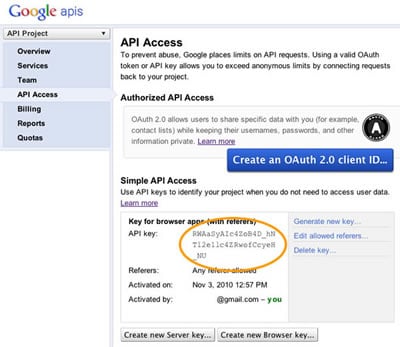Recently, I have attended Hands On Lab for MS Exchange 2000. It’s really amazing product with valuable enterprise features.
MS Exchange 2010 is part of new generation of Microsoft server technology built from the ground up to work on-premises and as an online service. Exchange 2010 introduces a new integrated e-mail archive and features to help reduce costs and improve the user experience.
Exchange 2010 will help organizations reduce costs, protect communications and delight e-mail users with capabilities to do the following:
- Lower costs with more flexible deployment and management options. Exchange 2010 provides organizations with the same enterprise-grade capabilities whether deployed on-premises or as a service from Microsoft or partners — or as a mix of both. Further, for customers deploying the server, the new release simplifies the way organizations provide always-on communications and disaster recovery, meaning administrators spend less time managing their e-mail system. Exchange 2010 further improves performance running on lower-cost direct-attached storage, enabling organizations to dramatically reduce storage costs by up to 85 percent without sacrificing performance or reliability.
- Protect information and meet compliance requirements with the new e-mail archive. As e-mail volume grows, companies must address increasing compliance, legal and e-discovery concerns Exchange 2010 introduces an integrated e-mail archive. The new solution makes it easier to store and query e-mail across the organization using the Exchange software that organizations already know and use.
- Improved user productivity with the ultimate inbox experience Exchange 2010, together with Microsoft Outlook 2010, will give people more control over their communications with features such as these:
-MailTips. Warn users before they commit an e-mail faux pas such as sending mail to large distribution groups, to recipients who are out of the office or to recipients outside the organization, helping protect against information leaks and reduce unnecessary e-mail messages.
-Voice Mail Preview. See text previews of voice mail directly in Outlook.
-Ignore Conversation. This e-mail “mute button” allows people to remove themselves from an irrelevant e-mail string, reducing unwanted e-mail and runaway reply-all threads.
-Conversation View. Combine related e-mail messages in a single conversation to reduce inbox clutter.
-Call Answering Rules. Create customized “Press 1 for …” call-routing menus with Exchange voice mail.
-Consistent Experience. Use Outlook on the PC, a mobile phone or a browser for the same experience with enhancements in Outlook Mobile and Outlook Web Access.
Exchange 2010, Provides a full e-mail, calendar and contacts solution, built-in information protection, built-in mobile e-mail and mobile device management, a full voice mail replacement, and a brand new archiving, retention and discovery solution. Exchange administrators have seen their roles grow from simply providing great e-mail to providing an end-to-end communications solutions.
With the new high availability, disaster recovery and back up capabilities combined with the significant IO reduction a few very cool things become possible. First, what used to take multiple applications to achieve mailbox resiliency becomes possible using just Exchange. Second, a very large mailbox – even 10 gigs+ becomes very affordable and supportable.
From the improved OWA UI with integrated IM/presence, to conversation view in mobile, to EAS device management – every user can now have a rich mobile experience.
I recommend upgradation to all existing MS Exchange 2003 enterprises & also to enterprises considering implementation of email server technology on Windows platform. It’s worth investment!

